Code
HCS28914
Weight
789 gm / 1.74 lbs
Size
Height
13cm (5") Width
12cm (5") Depth
8cm (3") Material
Brass
Availability
Available

Safe Payment
We accept Paypal, Money Transfer, Bank Transfer
Confidence
Protection covers your purchase and personal data.
Worldwide Delivery
We ship Worldwide, except Russia.Shipping cost US$25.2 for upto 0.5 kgs

Hotline
Talk to help line for your question on 9841267335About Chocolate Oxidized
This Buddhist Statue Of Green Tara, [sand Casting], [black Oxidized], [antique Finishing] has been meticulously treated with a chocolate color antique patina. The intention behind this patina is to replicate the appearance of a copper statue that has gracefully aged over a century. Unlike a simple coat of paint, this patina is not applied superficially and is designed to endure. It undergoes an artificial oxidation process that adds depth and character, while also serving as a protective layer against natural oxidation.
By imitating the natural aging process, the chocolate color antique patina lends an air of authenticity and vintage charm to the Buddhist Statue Of Green Tara, [sand Casting], [black Oxidized], [antique Finishing]. This carefully crafted finish ensures that the patina remains intact for an extended period, offering longevity and resistance to wear. The result is a unique piece that captures the essence of a time-worn copper statue, evoking a sense of history and artistic heritage.
This Buddhist Statue Of Green Tara, [sand Casting], [black Oxidized], [antique Finishing] has been meticulously treated with a chocolate color antique patina. The intention behind this patina is to replicate the appearance of a copper statue that has gracefully aged over a century. Unlike a simple coat of paint, this patina is not applied superficially and is designed to endure. It undergoes an artificial oxidation process that adds depth and character, while also serving as a protective layer against natural oxidation.
By imitating the natural aging process, the chocolate color antique patina lends an air of authenticity and vintage charm to the Buddhist Statue Of Green Tara, [sand Casting], [black Oxidized], [antique Finishing]. This carefully crafted finish ensures that the patina remains intact for an extended period, offering longevity and resistance to wear. The result is a unique piece that captures the essence of a time-worn copper statue, evoking a sense of history and artistic heritage.
Process: Sand Casting
This Buddhist Statue Of Green Tara, [sand Casting], [black Oxidized], [antique Finishing] has been created using the sand casting system, also known as sand molding casting. This widely employed manufacturing process utilizes a sand mold to produce metal products and components in various sizes and shapes. Sand casting holds significant popularity in the industry, accounting for approximately 60% of all metal castings. The sand casting process involves six primary steps. First, a pattern or replica of the desired sculpture, in this case, Buddhist Statue Of Green Tara, [sand Casting], [black Oxidized], [antique Finishing], is created using a material like wood or metal. The pattern is then placed in a flask, which is a box-like structure divided into two halves. The next step involves packing the flask tightly with specially formulated molding sand, creating a mold cavity that matches the shape of the pattern. The pattern is subsequently removed, leaving behind a negative impression of the sculpture within the sand mold. Read More . . .
This Buddhist Statue Of Green Tara, [sand Casting], [black Oxidized], [antique Finishing] has been created using the sand casting system, also known as sand molding casting. This widely employed manufacturing process utilizes a sand mold to produce metal products and components in various sizes and shapes. Sand casting holds significant popularity in the industry, accounting for approximately 60% of all metal castings. The sand casting process involves six primary steps. First, a pattern or replica of the desired sculpture, in this case, Buddhist Statue Of Green Tara, [sand Casting], [black Oxidized], [antique Finishing], is created using a material like wood or metal. The pattern is then placed in a flask, which is a box-like structure divided into two halves. The next step involves packing the flask tightly with specially formulated molding sand, creating a mold cavity that matches the shape of the pattern. The pattern is subsequently removed, leaving behind a negative impression of the sculpture within the sand mold. Read More . . .
Brief Introduction :
Samaya Tara, popularly known as Green Tara. She is represented in a royal ease posture with her left leg bent her left leg overstepping the main lotus and resting on a blue lotus ready to get up and offer assistance to those in need. She is portrayed with maroon Buddhist robes and jewelry. The earrings represent patience, understanding, and renunciation. The diadem with five jewels represents the transmutation of the five delusions into the Five Buddha Wisdoms. She is shown with a benevolent countenance seated upon a white moon disk which is associated with special restorative nectar associated with the naval chakra center. In Buddhists, the moon symbolizes the wisdom aspect which when coupled with compassion leads to Sakyamuni Buddha's enlightenment. Her right hand is gracefully lowered in Varada mudra, the boon-granting gesture.
Iconography :Green Tara's special lotus is the blue lotus or 'night lotus' which she bears in both hands. The word utpala means to 'burst open'. Her left-hand holds a stem with an open blooming flower and an unopened bud. The bent lower part of the stem represents the root. The open blossom represents the present and also the present Buddha; the bud represents the future and also Buddhas yet to be born. The future here also refers to a safe journey's end and future well-being. Her right-hand wisdom hand is in the gesture of giving refuge. The third finger touches the thumb to create a circle representing the union of wisdom and compassion, and the three extended fingers symbolize the Three Jewels of Buddhism a. The Buddha State b. The Body of Teachings. The Principles of the Universe The same hand holds the stem of a blue lotus representing her willingness to assist. The closed blossom in her right hand represents the past and also the Buddhas of the past. Green Tara is shown in a place of paradise called Khadiravani where she Tara dwells. Khadiravani is described as a great mountain kingdom with many trees, flowers, and animals (not shown). 3 rainbow tails emanate from her outer aureole. The crescent moon and sun symbolize the union of male and female ubiquitous in Tantric art.
<br/><br/>
The seventy-two golden lines represent psychic energy channels emanating from her body and her central psychic channel running up her spinal column. Each one signifies a thousand as there are traditionally seventy-two thousand channels. The gold lines alternate between wiggly and straight to represent the two main psychic channels running up the central channel that entwine to create the interlocking 'snaking' caduceus to which the energy channels are connected. The trees in the foreground are the Ashoka Tree. The word Ashoka means 'without sorrow' and is the tree linked to the Vedic God of love and sexual union Kamadeva. Apparently, the tree blossoms when a virtuous lady touches it.
Commentary :<br/><br/>
The seventy-two golden lines represent psychic energy channels emanating from her body and her central psychic channel running up her spinal column. Each one signifies a thousand as there are traditionally seventy-two thousand channels. The gold lines alternate between wiggly and straight to represent the two main psychic channels running up the central channel that entwine to create the interlocking 'snaking' caduceus to which the energy channels are connected. The trees in the foreground are the Ashoka Tree. The word Ashoka means 'without sorrow' and is the tree linked to the Vedic God of love and sexual union Kamadeva. Apparently, the tree blossoms when a virtuous lady touches it.
The word Tara means the one who saves. The word Tara is derived from the root tri meaning to cross and in context is taken to mean the one who helps people to cross the Ocean of Existence and Suffering. Green Tara is also called 'dark' Tara or more directly Shyama Tara. Green Tara is associated with the Amoghasiddhi who is also green and the north-facing Meditation who is head of the action family. Her willingness to help others is shown by her body posture with one foot ready so that she can rise to offer assistance. Like WhiteTara, she was born of the tears of compassion of the Bodhisattva Avalokiteshvara, resulting from the extreme state of sadness he experienced when observing the continuing ceaseless suffering which he sought to end.
Mantra for Green Tara
Om Tare Tuttare Ture Soha


![Buddhist Statue Of Green Tara, [sand Casting], [black Oxidized], [antique Finishing]](https://handicraftseller.com/uploads/pics/product/thumb/2023/03/28914.jpg)
![Buddhist Statue Of Green Tara, [sand Casting], [black Oxidized], [antique Finishing]](https://handicraftseller.com/uploads/pics/product/thumb/2023/03/28914_0.jpg)
![Buddhist Statue Of Green Tara, [sand Casting], [black Oxidized], [antique Finishing]](https://handicraftseller.com/uploads/pics/product/thumb/2023/03/28914_1.jpg)
![Buddhist Statue Of Green Tara, [sand Casting], [black Oxidized], [antique Finishing]](https://handicraftseller.com/uploads/pics/product/thumb/2023/03/28914_2.jpg)

 with Turquoise
with Turquoise  of Green Tara
of Green Tara 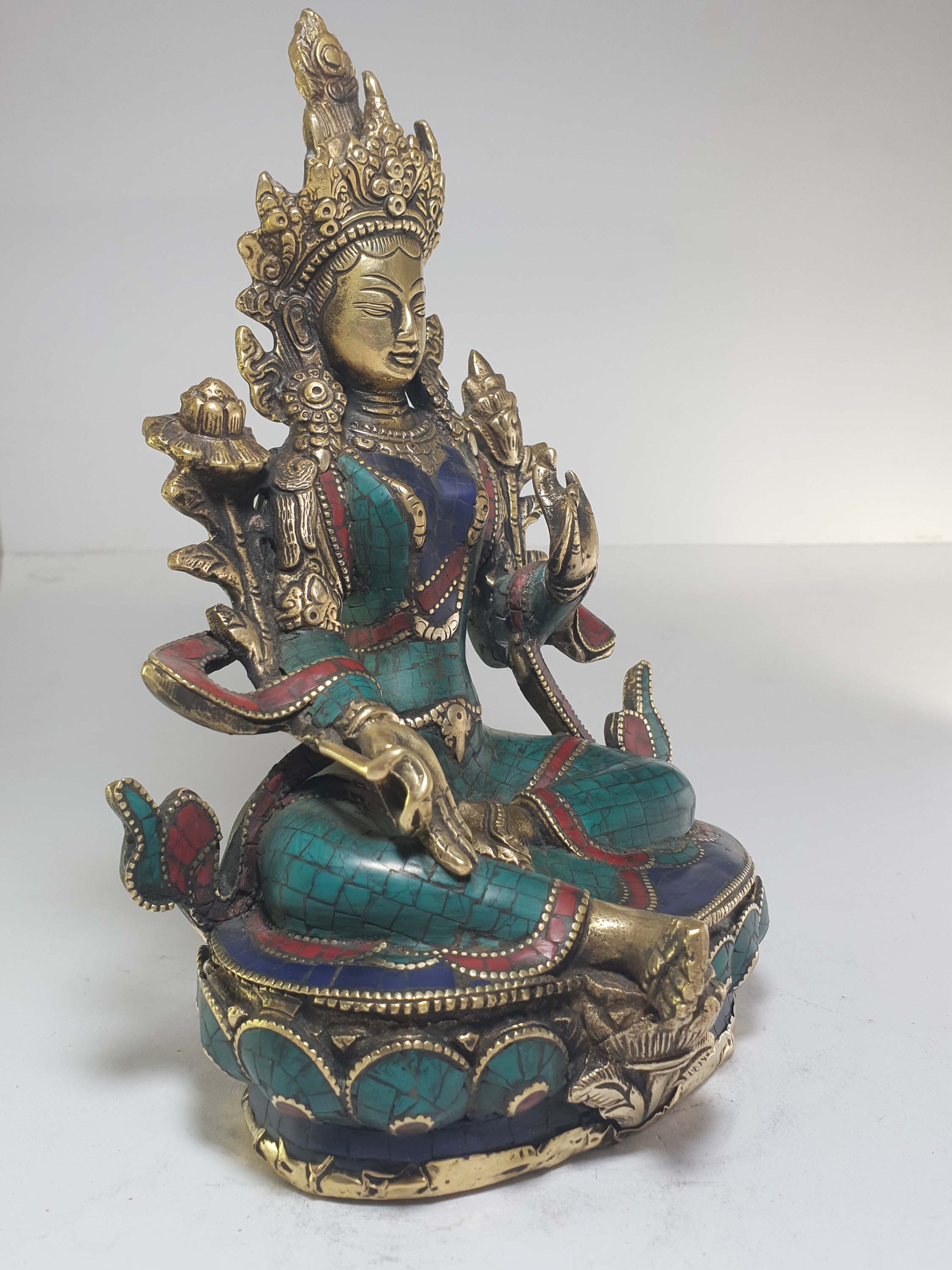 of Green Tara
of Green Tara  Sand Casting,
Sand Casting, 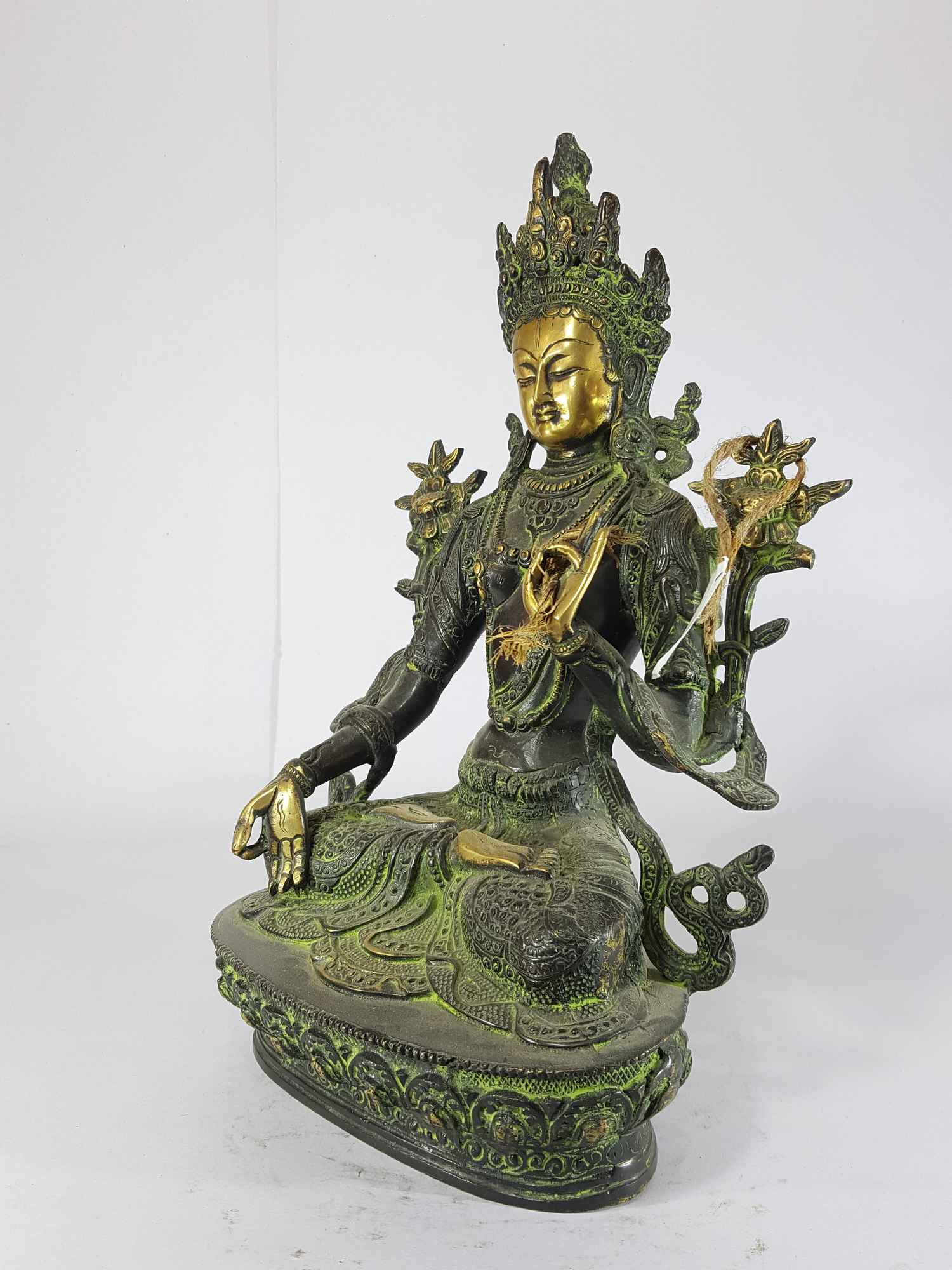 Sand Casting,
Sand Casting, 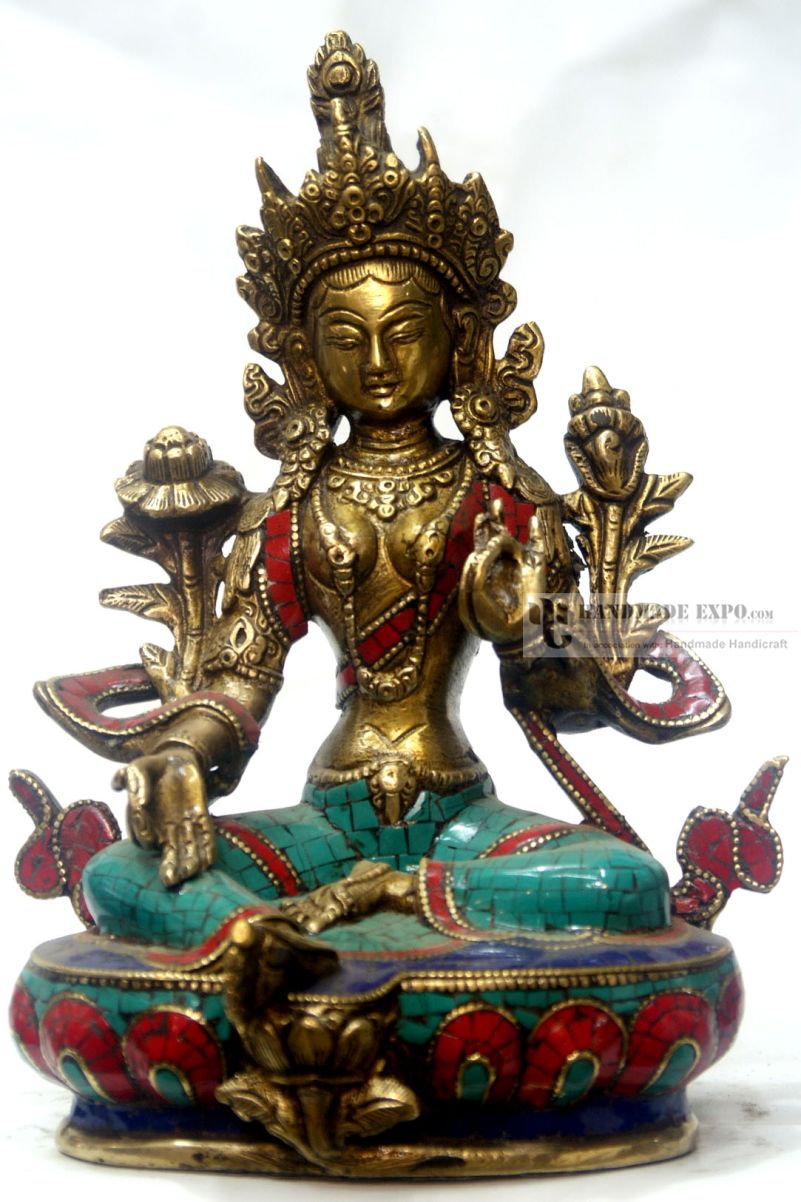 with Turquoise, Lapis
with Turquoise, Lapis  of Green Tara
of Green Tara 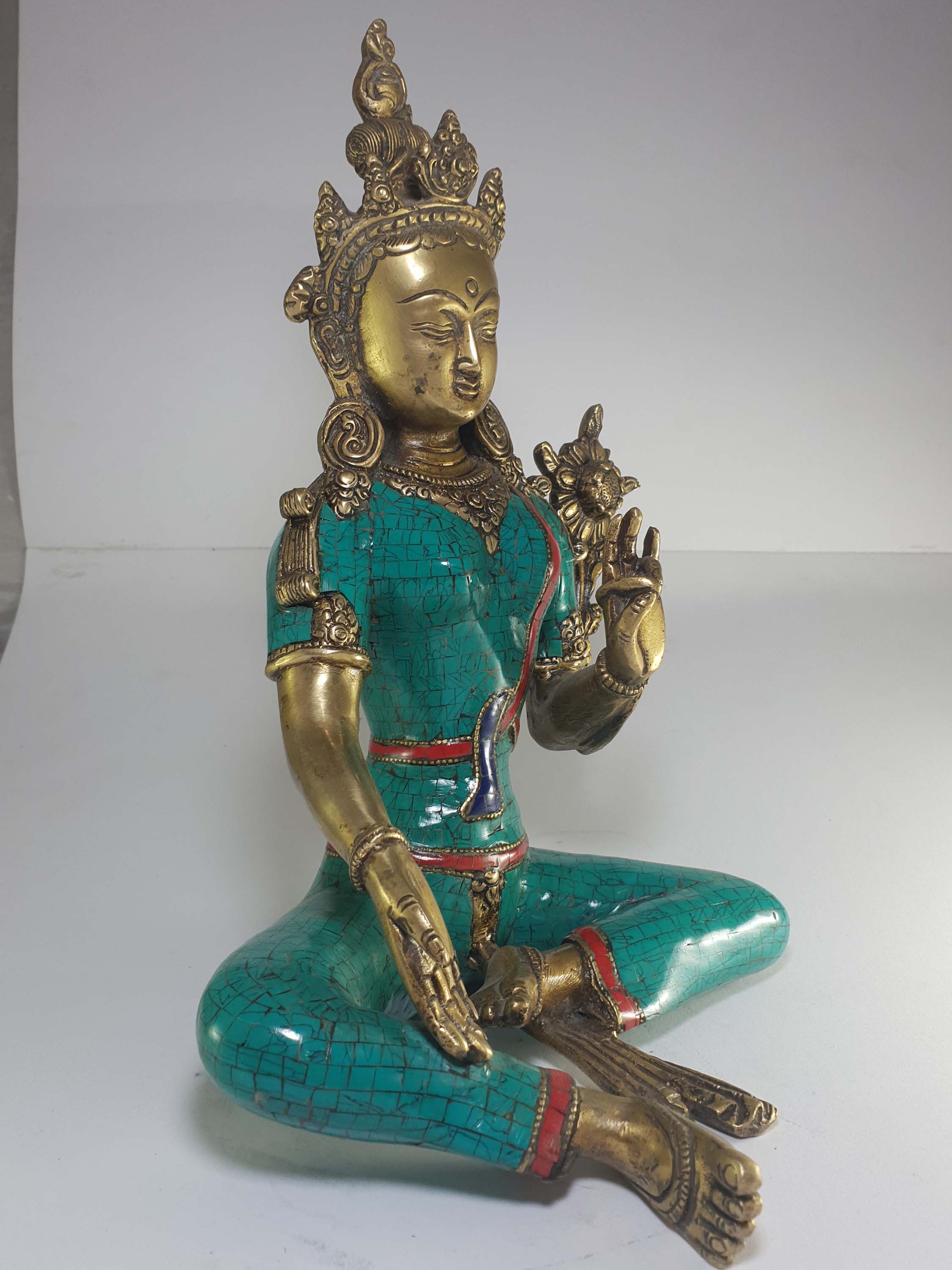 of Green Tara
of Green Tara  of White Tara" title="Statue
of White Tara" title="Statue 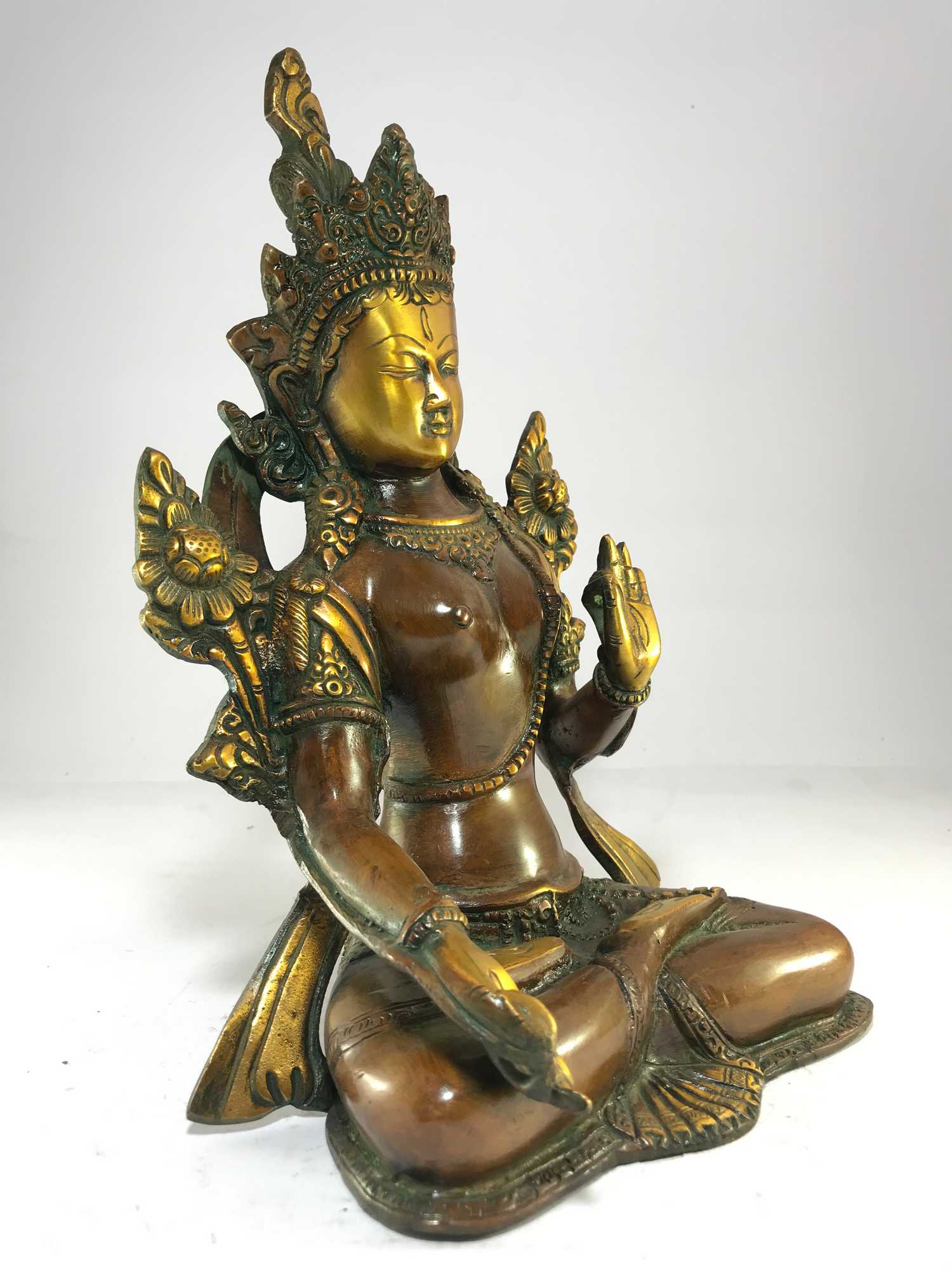 of White Tara" title="Statue
of White Tara" title="Statue  of Green Tara" title="Statue
of Green Tara" title="Statue 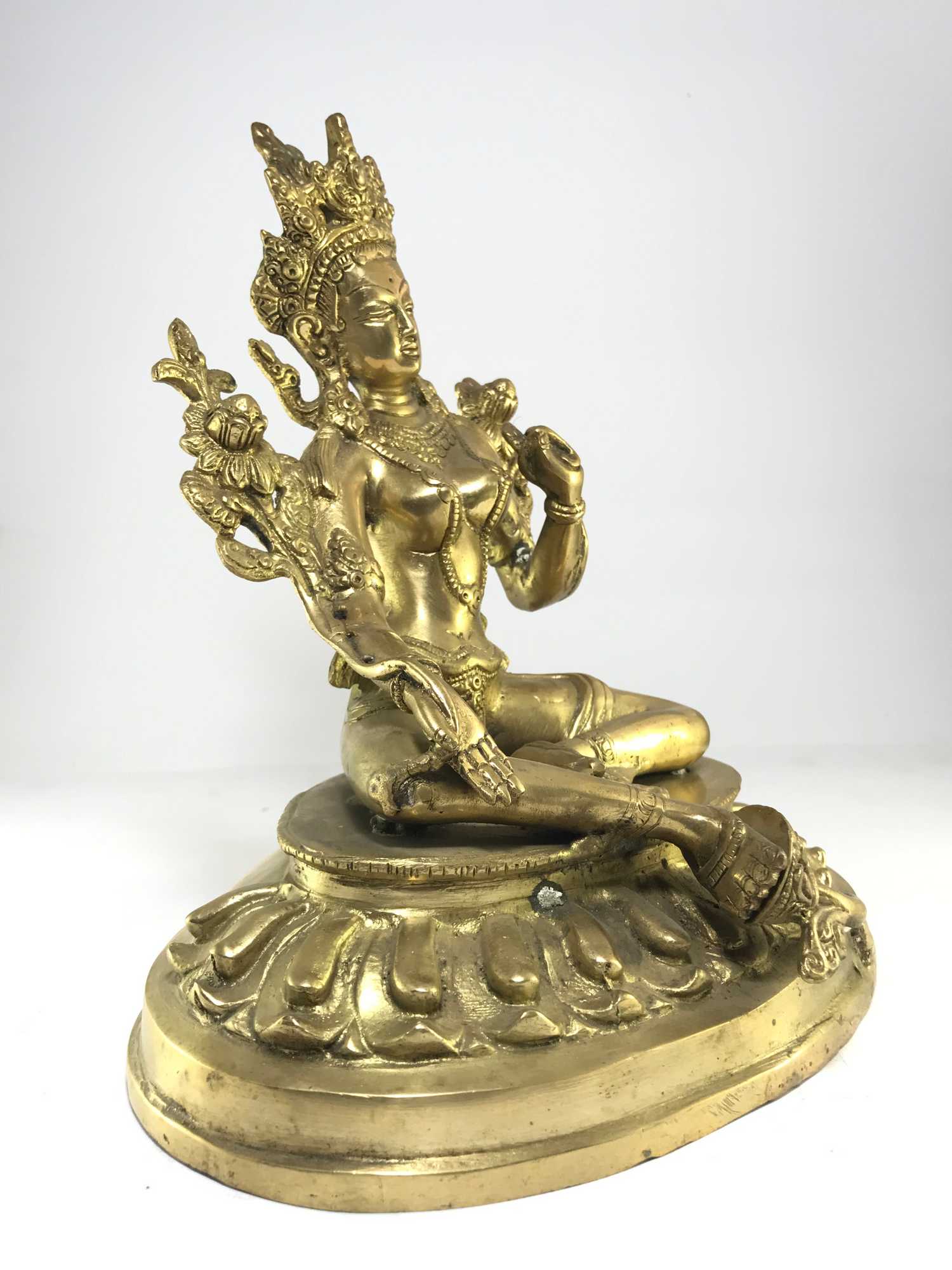 of Green Tara" title="Statue
of Green Tara" title="Statue  of Standing Tara,
of Standing Tara, 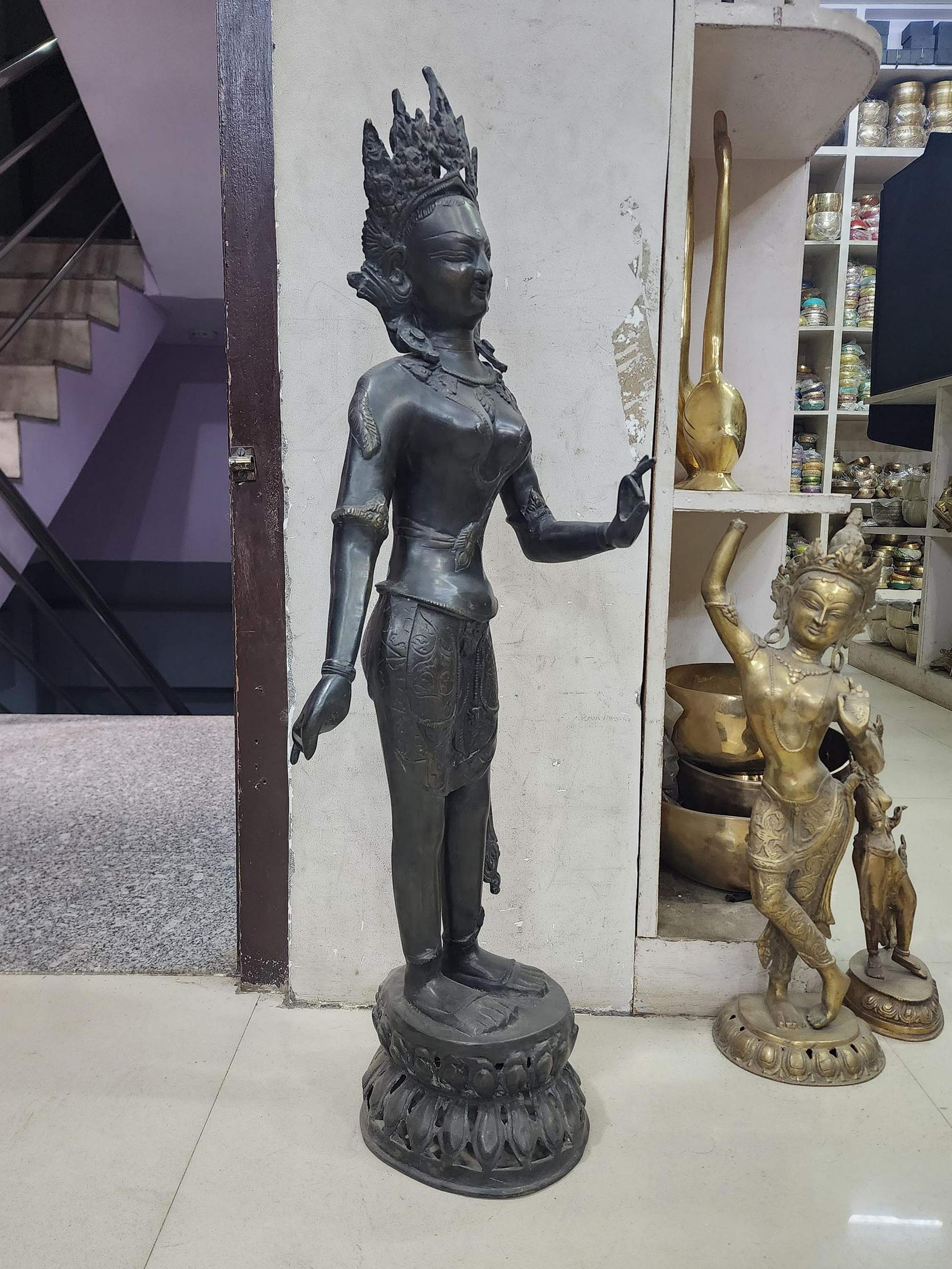 of Standing Tara,
of Standing Tara,  of Green Tara Double Color Finishing" title="Statue
of Green Tara Double Color Finishing" title="Statue 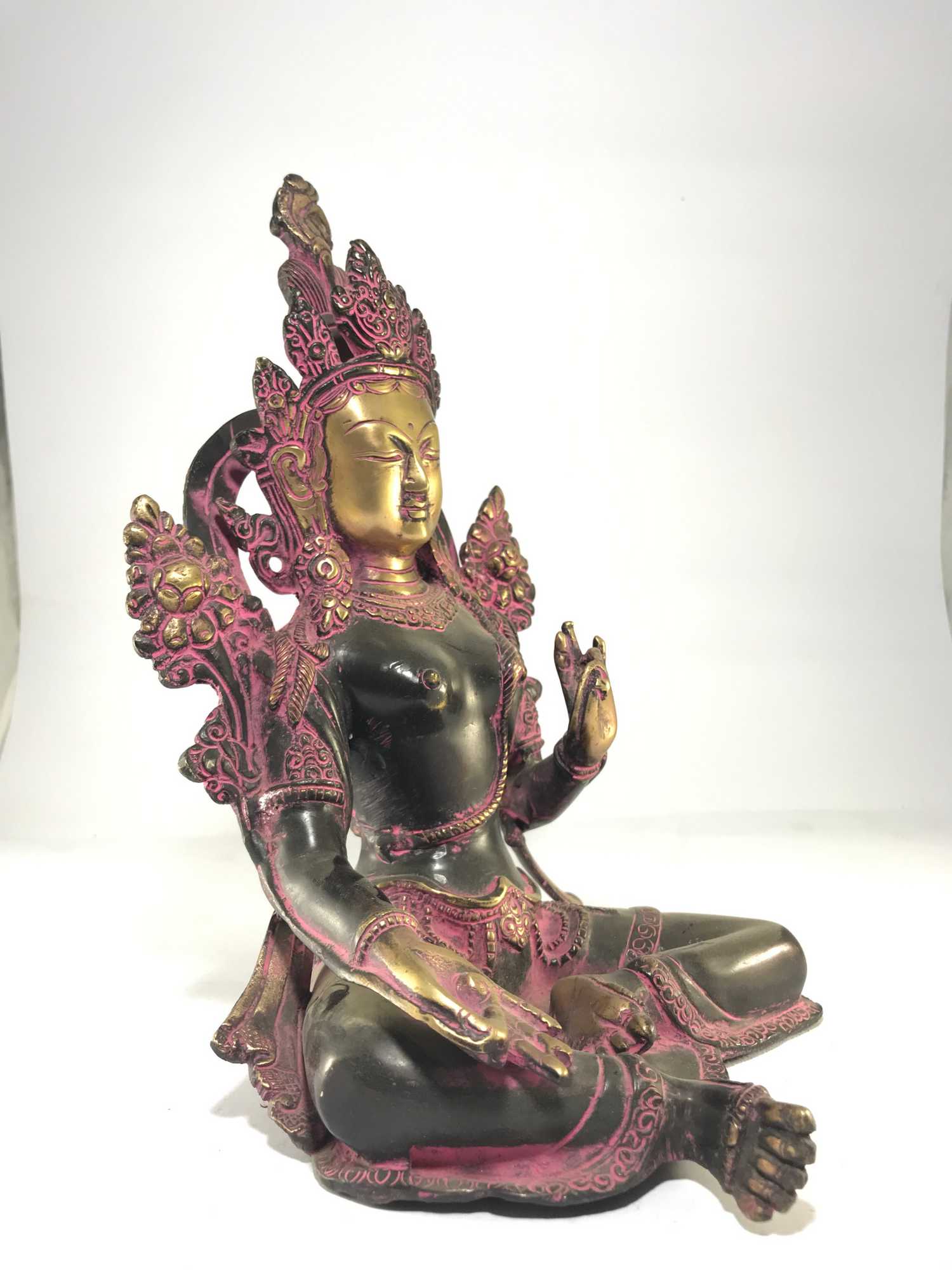 of Green Tara Double Color Finishing" title="Statue
of Green Tara Double Color Finishing" title="Statue  of White Tara,
of White Tara, 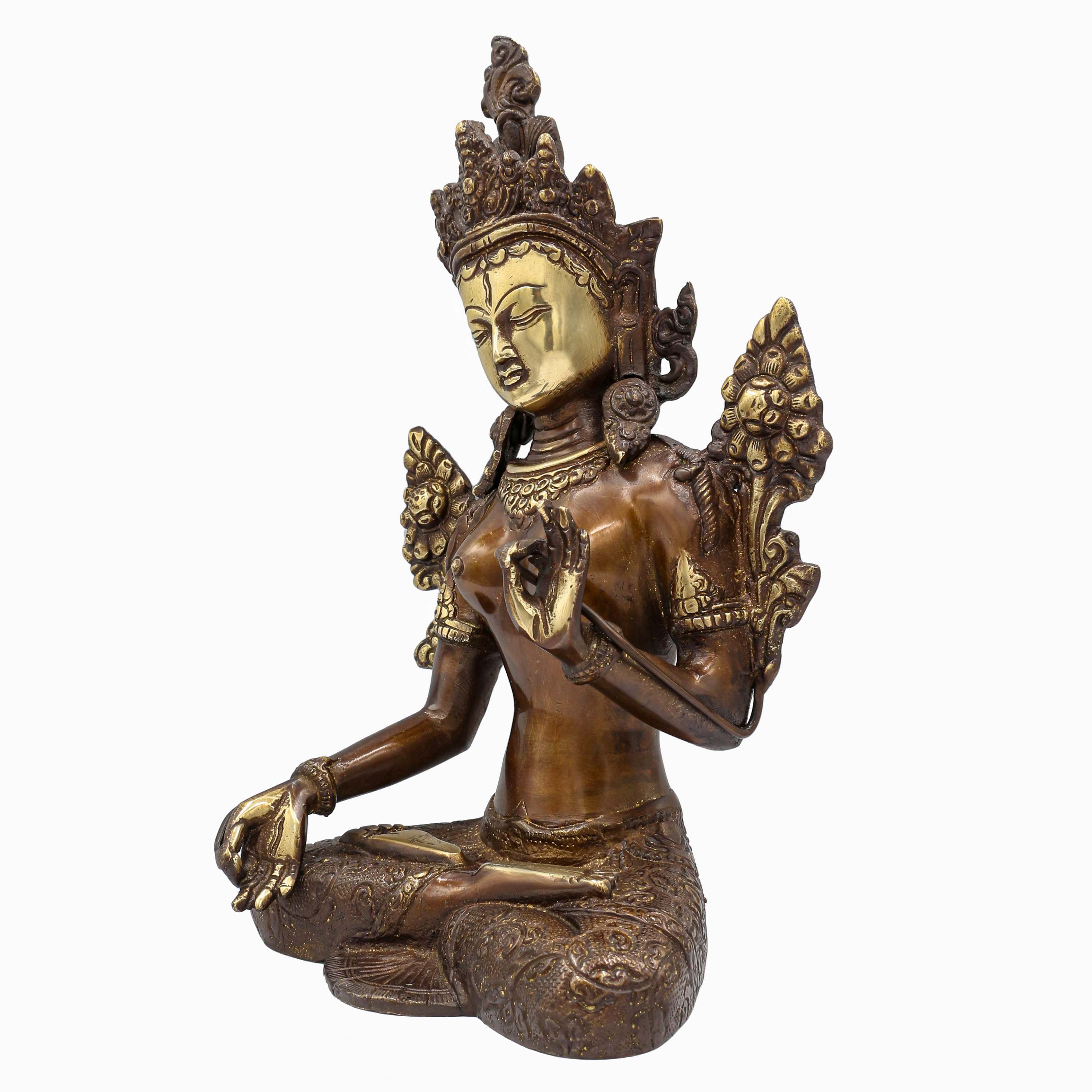 of White Tara,
of White Tara,